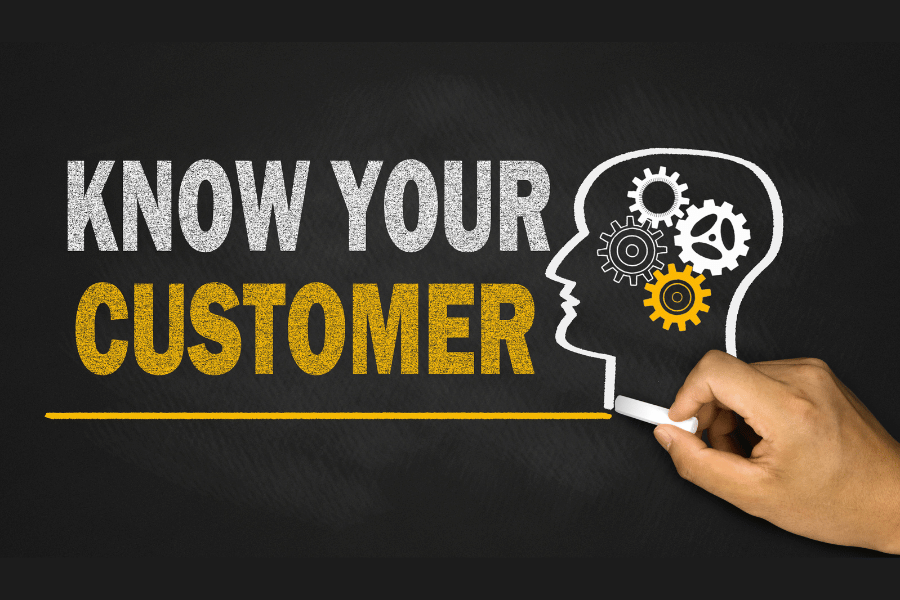
How to Create a Content Calendar for Small Businesses
October 27, 2024Know Your Audience in Content Marketing
In content marketing, knowing your audience is the cornerstone of success. It’s not enough to create great content—you need to ensure that your content resonates with the right people. Understanding your audience allows you to craft messages that speak directly to their needs, pain points, and preferences. Without this foundation, even the most well-executed content marketing strategy may fall flat.
This blog post will dive deep into the importance of knowing your audience in content marketing, how to identify your audience, the tools you can use, and how to use audience insights to create tailored content.
Why Knowing Your Audience is Critical in Content Marketing
The first step in any content marketing strategy is identifying who you’re talking to. When you know your audience well, you can:
- Create Content That Resonates: People are more likely to engage with content that feels relevant to their specific needs.
- Increase Engagement: When your audience feels like you're speaking directly to them, they are more likely to engage with your content through comments, shares, or likes.
- Boost Conversions: If your content addresses your audience’s pain points, it can guide them toward making a purchase or taking another desired action.
- Build Long-Term Relationships: Knowing your audience allows you to nurture relationships and turn casual readers into loyal customers.
How to Identify Your Audience
Identifying your audience begins with gathering data about your current and potential customers. Here’s a step-by-step guide:
Analyze Existing Customers:
Start by reviewing data on your existing customers. What do they have in common? Look at demographic factors such as age, location, occupation, and gender. These insights will help you identify common traits among your target audience.Create Buyer Personas:
Buyer personas are semi-fictional representations of your ideal customers. Creating detailed personas that include demographic data, pain points, and behavioral insights can help you visualize who your audience is and what they need.Use Audience Research Tools:
- Google Analytics: This tool provides in-depth data on your website visitors, including their geographical location, browsing behavior, and devices used.
- Social Media Insights: Platforms like TikTok, Instagram, Facebook, and LinkedIn offer detailed insights about your followers, including age, interests, and engagement habits.
- Customer Surveys: Send out surveys to your current customers to ask them about their preferences, pain points, and content consumption habits.
Monitor Competitor Audiences:
Analyze the audiences of your competitors. Look at their social media followers, blog readers, and customer reviews. What type of content seems to resonate with their audience, and how can you attract a similar demographic?
Understanding Audience Pain Points
Once you’ve identified your audience, the next step is to understand their pain points. Pain points refer to specific problems or challenges that your audience faces, which your product or service can solve. Here’s how to identify them:
- Customer Feedback: Regularly review feedback from customers to understand their struggles.
- Social Listening: Monitor social media conversations and forums to see what issues your audience is discussing.
- Conduct Interviews: If possible, conduct one-on-one interviews with customers to gain deep insights into their challenges.
Knowing your audience’s pain points allows you to create content that addresses those problems directly, positioning your brand as a solution provider.
Tailoring Content to Your Audience
Once you know your audience, it’s time to tailor your content accordingly. Here are some key strategies:
Use the Right Tone and Language:
If your audience is professionals, you might use a more formal tone, while a younger audience may respond better to casual and conversational language. Understanding the tone your audience prefers will help you connect with them more effectively.Address Specific Needs:
Each piece of content should address a specific need or problem your audience is facing. For example, if your audience is small business owners, content about "How to Scale Your Business with Limited Resources" will be far more relevant than generic marketing advice.Segment Your Audience:
Not all audience members will have the same needs. Segment your audience into smaller groups based on factors like location, interests, or stage in the buyer’s journey. Then, create content that speaks directly to each segment.
Measuring the Effectiveness of Your Audience Knowledge
Once you’ve tailored your content, it’s essential to measure how well your content is resonating with your audience. Here are a few key metrics to track:
- Engagement Rates: How many people are commenting, sharing, or liking your content? High engagement typically indicates that your content is hitting the mark.
- Bounce Rate: If people are leaving your website quickly after arriving, it could indicate that your content isn’t relevant to them.
- Time on Page: Longer time spent on a page suggests that your audience is finding your content valuable and engaging.
- Conversion Rates: Track how many people take the desired action after consuming your content, whether it’s signing up for a newsletter or purchasing a product.
Tools to Help You Know Your Audience Better
Several tools can help you understand your audience more effectively:
- Google Analytics: Offers detailed insights into your website visitors, including their demographics and behavior.
- Facebook Audience Insights: Allows you to dive deep into the demographics and preferences of your Facebook audience.
- SurveyMonkey: Use this tool to create customer surveys and gather valuable feedback.
Knowing your audience is a crucial element of content marketing. By investing time in understanding who your customers are, what they need, and how they behave, you can create content that not only resonates but also drives meaningful engagement and conversions. Use audience research tools, gather feedback, and continuously monitor how your content is performing to refine your approach and build long-term customer relationships.




